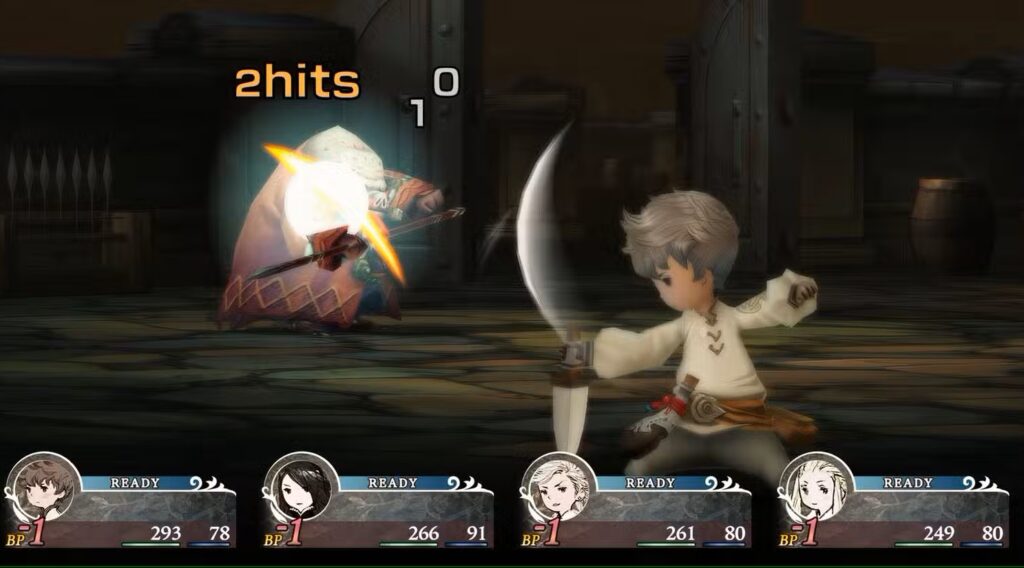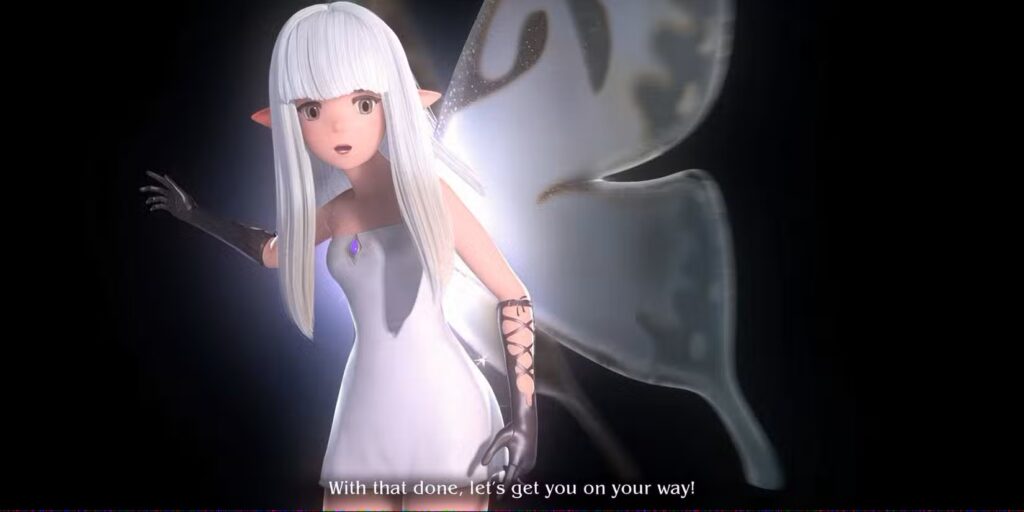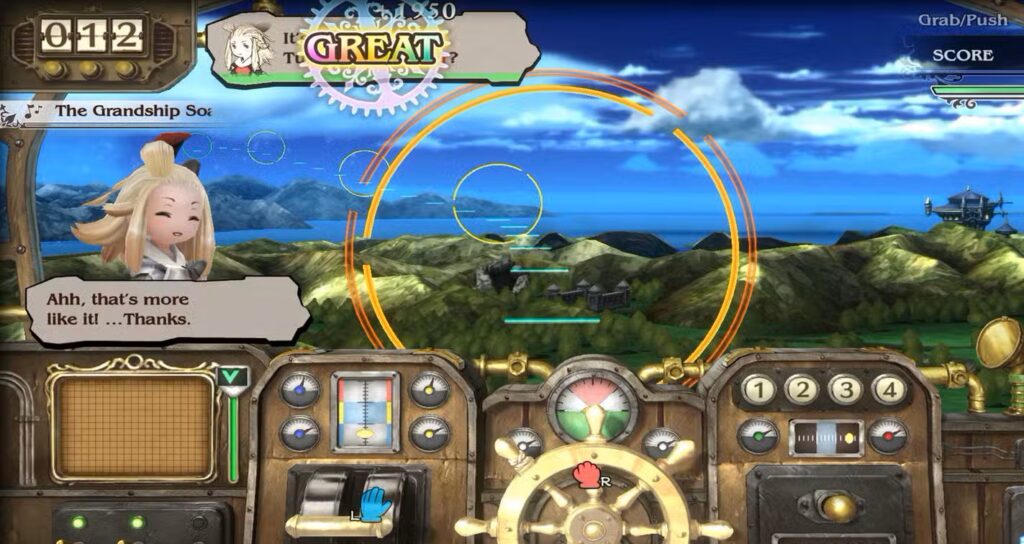Bravely Default: Flying Fairy first launched in Japan back in 2012, with the Western release arriving a year later. It quickly became a fan favorite thanks to its rich story, turn-based combat, and unique job system. Now, the adventure returns as a Nintendo Switch 2 launch title, giving both new and returning players a chance to explore Luxendarc in Bravely Default: Flying Fairy HD Remaster.
So what’s changed? Let’s break down all the major differences between the original 3DS version and the updated Switch 2 remaster.

🎨 Graphics & UI Upgrades
Let’s start with the obvious: it looks better—way better.
- HD Resolution & Widescreen: The remaster runs in high definition with a wider aspect ratio, giving the world of Luxendarc more room to shine.
- Redesigned UI: The dual-screen setup from the 3DS is gone, and everything is now handled on a single screen. It’s been thoughtfully reworked so you’re not missing any functionality.
- Camera Controls: On 3DS, tilting the console would adjust the camera. Now, you control it with buttons and sticks—way more comfortable and precise.
Other quality-of-life changes include:
- Recommended dungeon levels are now shown on the map.
- Job abilities are viewable before unlocking them, which helps when planning builds.

🎮 Gameplay Enhancements
A handful of new gameplay features and tweaks make this version feel more modern—without losing the old-school charm.
🆕 New Mini-Games
Two fresh mini-games have been added, designed with the Switch 2’s updated controls in mind:
- Light Support Rhythm Catcher – A rhythm game focused on timing and music.
- Ringabel’s Panic Cruise – A multitasking game where you pilot a cruise ship and fend off threats.
These mini-games are more than just fun distractions—they’re tied to unlocking encounter rate modifiers (0% and 400%), which were available from the start in the 3DS version.
⚙️ Gameplay Additions from “For The Sequel”
This remaster brings in a bunch of improvements from the expanded Japanese release, Bravely Default: For The Sequel:
- Auto-battle system – Speeds up fights by letting characters repeat previous actions.
- Fast-forward option – Applies to both battle animations and story scenes.
- Heal All button – One-click recovery when out of combat. No more scrolling through your item list!
These updates streamline the grind and let you play at your own pace.

🌐 Online Features Overhaul
The original 3DS version relied on StreetPass, which used local wireless to connect players. It was neat—but limited by real-world proximity.
On Switch 2, Norende village rebuilding and friend support are fully online:
- Passing Souls: These NPCs are scattered throughout the game world. They represent other players and can be summoned for help or registered as Friends.
- Ability Sharing: You can borrow or lend powerful skills, which is super useful when tackling tough bosses.
This system gives players a way to connect with others no matter where they are, keeping that cooperative spirit alive without the need to stand near someone at a bus stop.

📚 Story & Structure
No major changes were made to the core story or chapter structure—it still unfolds over 11 chapters, with optional Sub-scenarios that offer bonus story content and side quests.
That said, the improved visuals, cleaner UI, and added features help modernize the experience for today’s players without changing the heart of the game.
Related Articles:
How to Change Encounter Rate to Zero in Bravely Default Flying Fairy HD Remaster
Bravely Default Flying Fairy HD: All Status Ailments and How to Cure Them
Complete Guide to Rebuilding Norende in Bravely Default: Shops, Upgrades, and Unlocks
